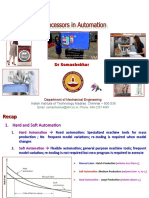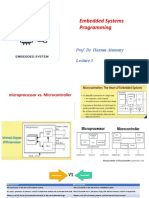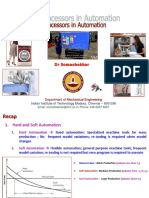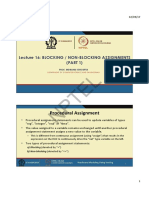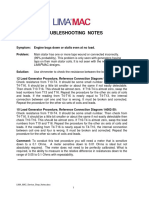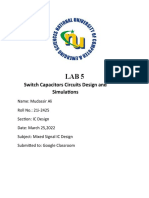0% found this document useful (0 votes)
3 views8 pagesMicroprocessors Vs Microcontrollers
The document compares microprocessors and microcontrollers, highlighting their architecture, use cases, and performance metrics. Microprocessors are complex, require external components, and are suited for general-purpose computing, while microcontrollers are self-contained, simpler, and optimized for embedded systems. The choice between them depends on project needs, with microprocessors for intensive tasks and microcontrollers for low-power control applications.
Uploaded by
sachin choudharyCopyright
© © All Rights Reserved
We take content rights seriously. If you suspect this is your content, claim it here.
Available Formats
Download as PPTX, PDF, TXT or read online on Scribd
0% found this document useful (0 votes)
3 views8 pagesMicroprocessors Vs Microcontrollers
The document compares microprocessors and microcontrollers, highlighting their architecture, use cases, and performance metrics. Microprocessors are complex, require external components, and are suited for general-purpose computing, while microcontrollers are self-contained, simpler, and optimized for embedded systems. The choice between them depends on project needs, with microprocessors for intensive tasks and microcontrollers for low-power control applications.
Uploaded by
sachin choudharyCopyright
© © All Rights Reserved
We take content rights seriously. If you suspect this is your content, claim it here.
Available Formats
Download as PPTX, PDF, TXT or read online on Scribd
/ 8

















